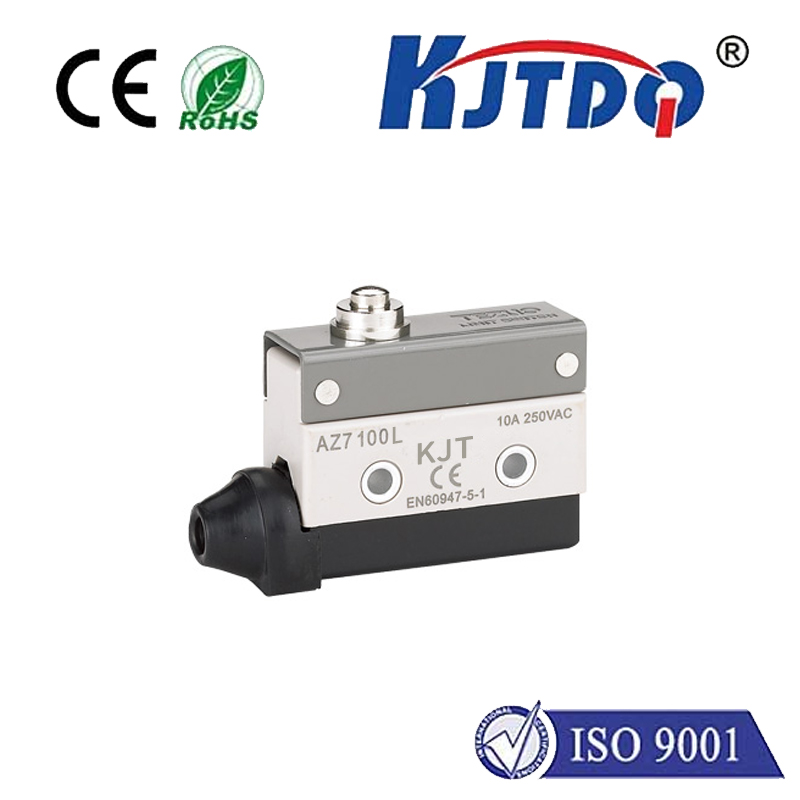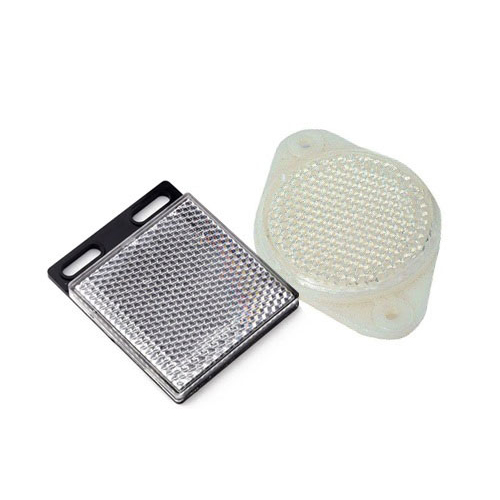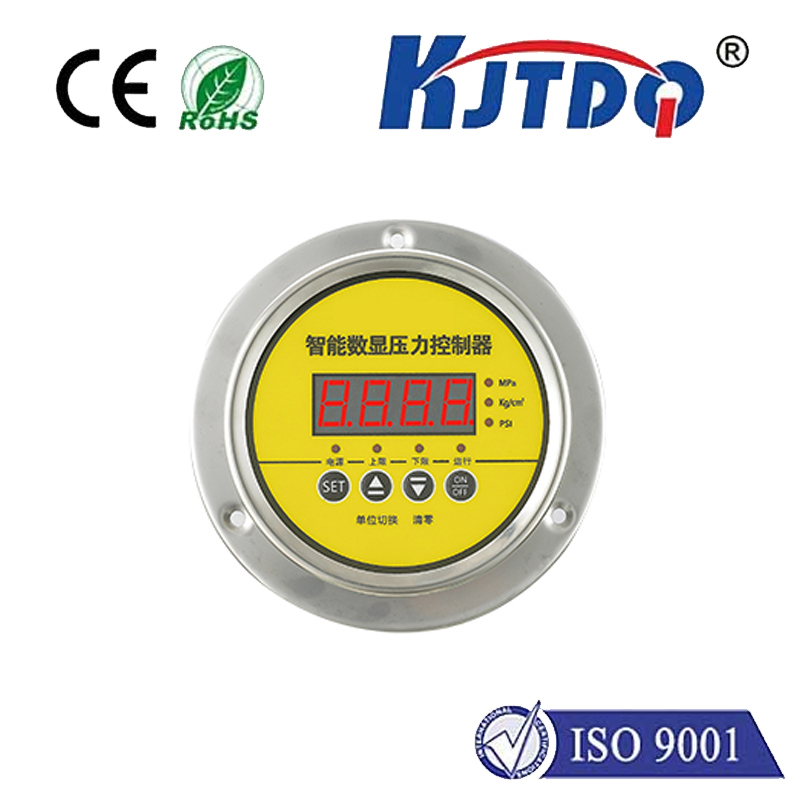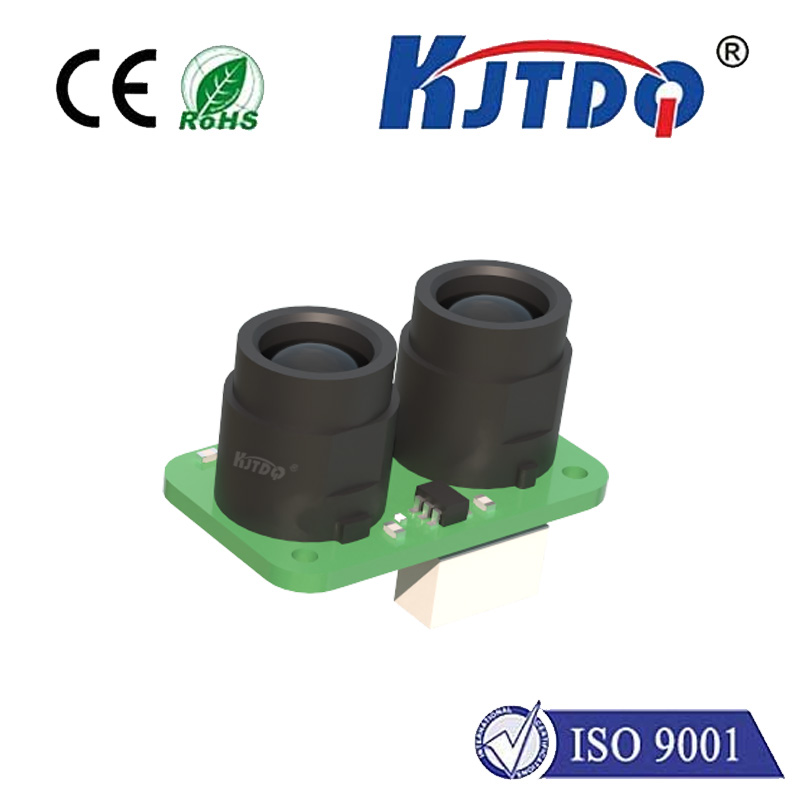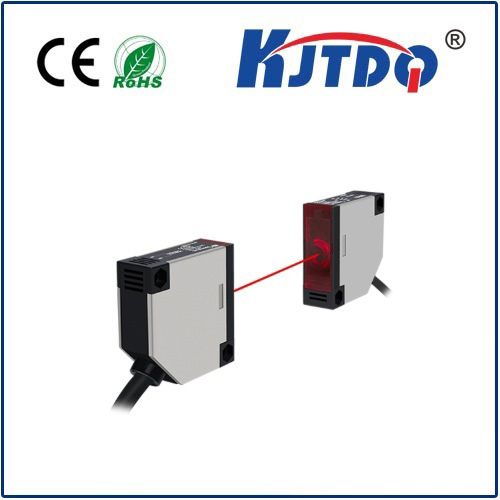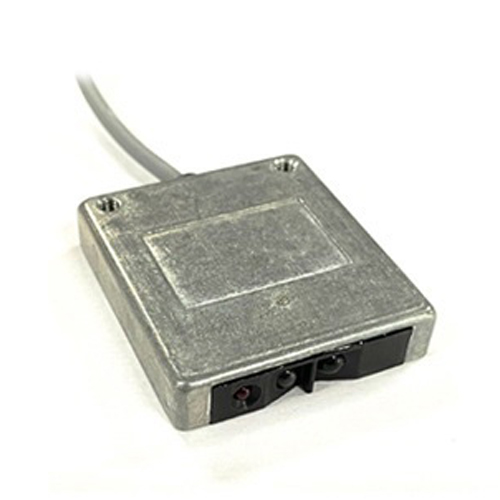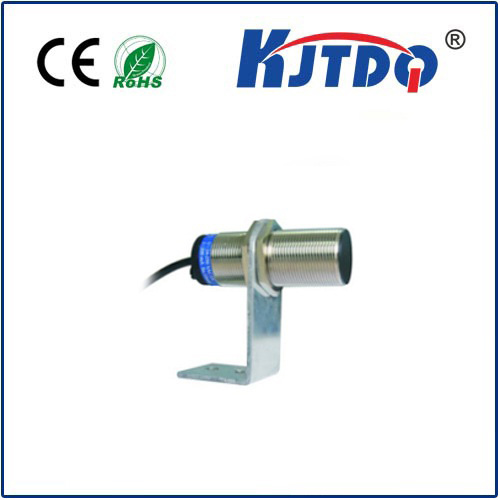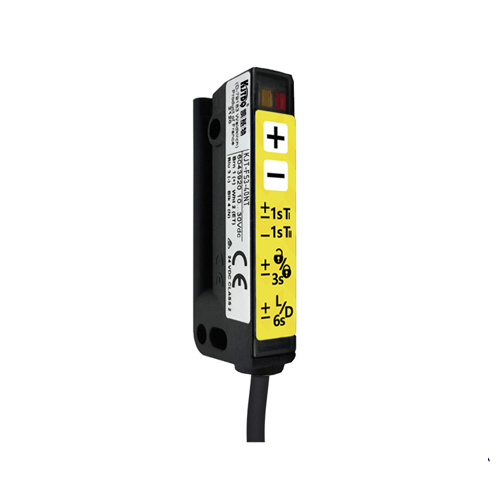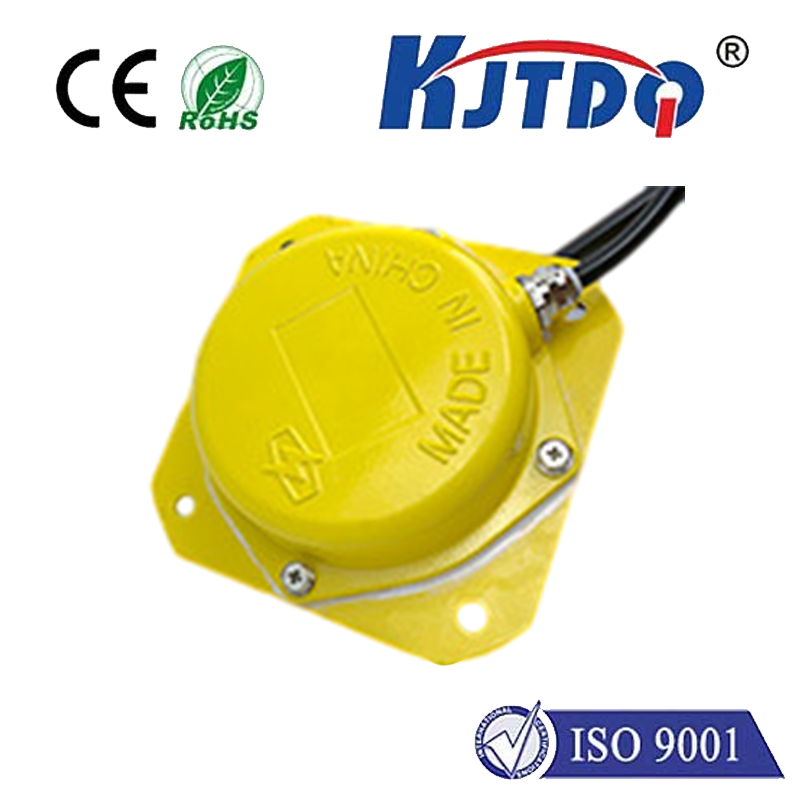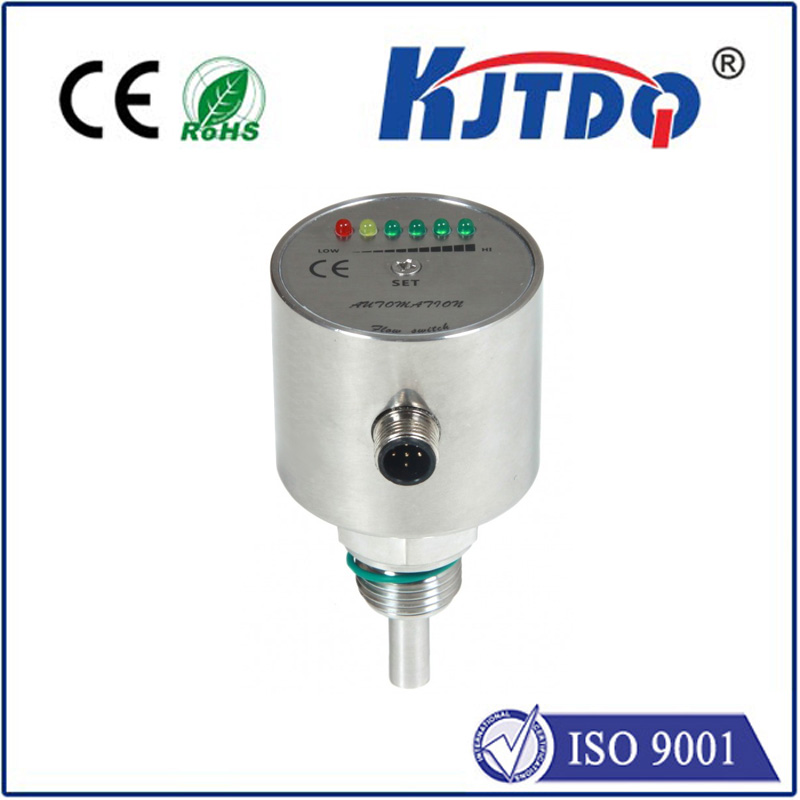

check

check

check

check
The automotive industry is constantly seeking innovative technologies to enhance vehicle performance and improve overall user experience. One such technology that has gained significant momentum in recent years is the proximity sensor for RPM measurement. By leveraging the power of advanced sensors, automobile manufacturers can now accurately measure RPM values without requiring direct contact between the sensor and the rotating component. This not only enhances accuracy but also reduces the risk of damage to sensitive components during routine maintenance procedures.
Proximity sensors for RPM measurement employ infrared or ultrasonic technology to detect the rotation rate of a motor or engine. These sensors are designed to work in close proximity to the rotating component and can provide real-time RPM readings even in high-speed applications. The data collected by these sensors can be transmitted to a host device for further analysis, enabling engineers to identify potential issues and optimize performance settings accordingly.
One major advantage of using proximity sensors for RPM measurement is their ability to operate in harsh environmental conditions. Unlike traditional sensors that rely on physical contact, proximity sensors do not suffer from wear and tear due to exposure to vibration, temperature changes, or other environmental factors. They can withstand extreme temperatures, moisture, and dust, making them ideal for use in high-performance engines and heavy-duty vehicles.
Moreover, proximity sensors for RPM measurement offer a more efficient and cost-effective solution compared to traditional methods. By eliminating the need for physical contact, installation time and labor costs are significantly reduced. Additionally, these sensors can be integrated into existing vehicle systems with minimal modifications, ensuring seamless integration into the overall production process.
In conclusion, the adoption of proximity sensors for RPM measurement has the potential to revolutionize the automotive industry by enhancing performance, reducing maintenance costs, and improving overall user experience. As technology continues to evolve, it is expected that we will see even more innovative solutions emerge in this space, further shaping the future of motoring.
